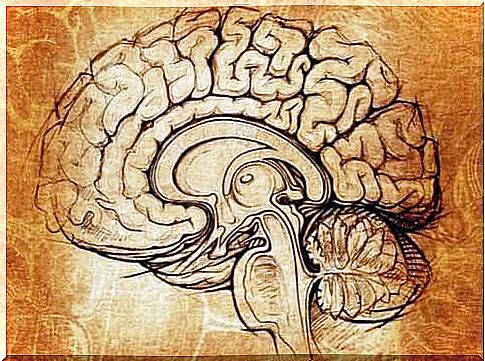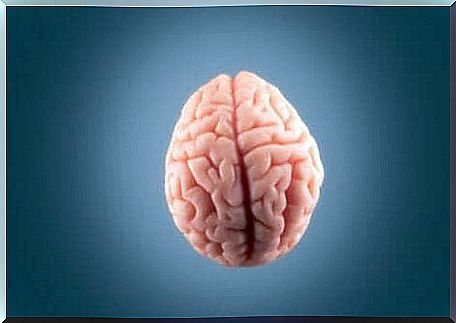Nucleus Lentiformis: The Center For Learning And Motivation

Our nervous system is full of curiosities, and the nucleus lentiformis is one of them. It is a subcortical brain structure that, among other things, contains functions related to motivation and learning. When we talk about the nucleus lentiformis, we are not referring to a structure, but rather a set composed of two structures.
In this article we will show you the parts of, the features and functions related to this structure. In addition, we will also show you the most common problems and their consequences. Finally, we will also share a few curiosities with you. Let’s get started!

What are the different parts of the nucleus lentiformis?
First of all, this brain structure can owe its lenticular appearance to its name. We can find it under the insula, and it has three segments that are mainly divided into two structures, according to the book Neuroscience: Exploring the Brain, written by Bears, Connors and Paradiso. These are the two structures:
- The putamen is a nerve nucleus with a circular shape, and it is the outermost of three nuclei that together are the basal ganglia. It has connections to the substania nigra (“the black substance”) and the globus pallidus, which facilitates the transmission of information between the basal ganglia, cerebral cortex and thalamus.
- Globus pallidus. The “pale globe” in Latin, has two parts: outer (or lateral) and inner (or medial). It receives information from the stratum and projects on to the thalamus and cerebral cortex through it. It has internal and external segments.
Thus we can say that the nucleus lentiformis is a union of two structures. It consists of gray matter, is spherical and is attached to the inner and outer capsules. In this structure we find primarily GABA neurotransmitters, acetylcholine and encephalin peptide.
Furthermore, besides the nucleus lentiformis, what are the other parts of the basal ganglia?
- Striatum
- Substantia nigra
- Nucleus caudatus
- Nucleus accumbens
- Nucleus subthalamicus
These nodes are a set of interconnected nuclei located around the limbic system and the third ventricle. Their functions include planning, integration, movement control, learning and motivation. Remember that although there are anatomical divisions in each part of the brain, it does not only participate in a single function.
Nucleus lentiformis functions
It has many different features. Here are the most important:
- Motivation. It integrates information and forms links between knowledge and stimuli. Isn’t that incredible?
- Learning. It mainly promotes procedural learning. Furthermore, it also intervenes in the process of categorizing, which facilitates the organization of information. It also participates in the acquisition and improvement of skills.
- Movement. It is involved in the automation of movements, since it intervenes in various processes, such as adaptation. In addition, it also plays a role in maintaining our posture, as well as controlling our coordination. Finally, the putamen treats muscle movements in the face and extremities.
To perform these functions, the nucleus lentiformis establishes connections with the cerebral cortex and the thalamus nucleus. This communication can go both ways.

Disorders
Nucleus lentiformis may be associated with subcortical dementia. For example, the type that results from Parkinson’s disease and Huntington’s disease. These are associated with an inability or difficulty in coordinating and performing movements, which is in addition to deficiencies in executive functions and memory.
It is also a link to psychomotor disorders. An example of this is found in Parkinson’s disease, since this disorder affects the basal ganglia. It is also involved in other movement disorders, such as ataxia, Tourette’s syndrome and nervous tics.
This structure is also central to certain mental disorders, such as obsessive-compulsive disorder. This occurs when both the nucleus caudatus and the putamen are overactivated. In addition, it may appear that an abnormal function of the nucleus lentiformis has an influence on attention deficit / hyperactivity disorder, which we know as ADHD or ADD. This happens because it disrupts motivation and learning, while favoring the manifestation of tics.
In short, the nucleus lentiformis is essential. We have seen that it is responsible for many different and varied functions, such as motor skills and attention. In addition to this, it also helps us to become more organized and structured with how we store and remember information. Thus, it improves our learning. When something goes wrong, however, it can directly affect our well-being, and with it, our quality of life.









